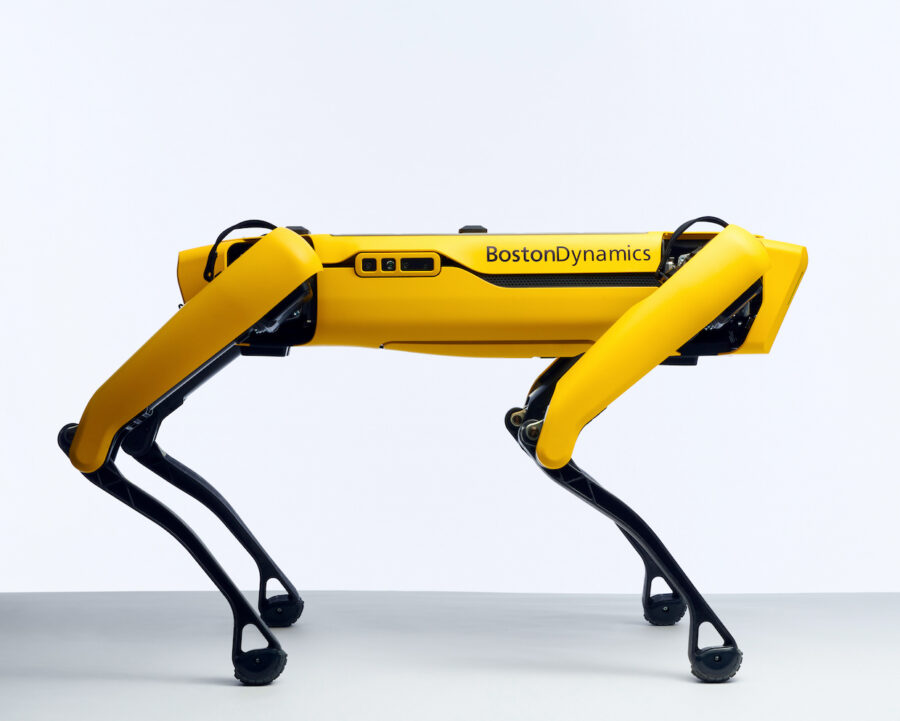See The Terrifying Robot Cheetah That Can Leap Over Anything
MIT's cheetah robot is completely wild. Watch the video of it leaping over uneven terrain.
This article is more than 2 years old

The Massachusetts Institute of Technology (MIT) has the first four-legged robot capable of backflips. The 20-pound robot cheetah demonstrated this fun little skill back in 2019. Now, the minds at MIT are showing off the progress they’ve made with their tiny robots. Their creations are moving smoother than ever before after a new system install has given them the ability to jump over unexpected gaps in the terrain. MIT decided to release a video of their creation doing this in action, and it’s surprisingly terrifying.
See the robot cheetah in action below. The tiny robot army backflipping in sync at the 0:15 mark is worth watching twice if you’d like to give yourself nightmares.
MIT’s robot cheetah is pretty amazing, as long as you’re not afraid of the robots turning on humans and attacking at some point. With this particular design, the mini-cheetah is using visual cues to help it understand what it’s seeing up ahead and then make a plan to avoid stepping in giant gaps or teetering on uneven terrain. As shown toward the end of the video, the system is perfect yet. The robot is seen with one leg dropping into a gap and getting stuck. However, it is able to self-correct a large portion of the time and the new system shows remarkable progress.
In the below video from 2019, the cheetah robot is shown doing backflips. One of the interesting notes in this video is when the robot is kicked over onto its back, while on uneven terrain, it’s capable of righting itself and then moving again. It’s also clear when watching the more recent video above and then the earlier one below how much smoother the robot’s movements have become–and how much creepier that makes the machine.
What makes the visual element of the robot cheetah’s new system such an important key? It’s easy to understand that you need to be able to see a hole in wrong of you to avoid stepping into it. However, many robots go with blind controls because the systems are so robust, and because at this point, giving robots vision is in the early stages. According to MIT’s own press release for their new mini-cheetah, vision is a “robust sensory” experience. Meaning that there is a lot of information for a robot to make sense of when a visual element is used. When looking ahead at the terrain, if can see a shift in color as a gap or it can interpret that as a different colored patch of grass. We learn what is and isn’t safe to step on with time, and that’s what they’re trying to help their new cheetah robots do: learn from experience.
MIT’s new robot cheetah system still has a long way to go, but it’s getting there. They’re not the only ones creating robots with unique and bizarre abilities that may frighten people in the near future. Disney is planning on using highly intelligent robots in their parks for unique guest interactions. Caltech’s Center for Autonomous Systems is developing its own robot known as Leo. Leo is a bipedal robot who has demonstrated swift movements on two feet. Today, robots are definitely getting smoother, smarter, and a little bit scarier.












